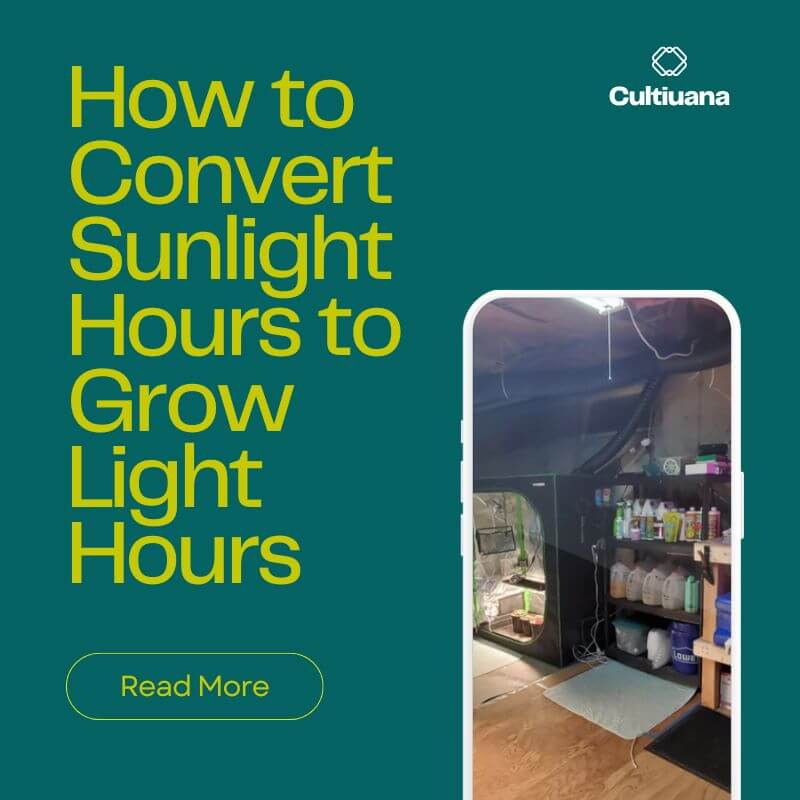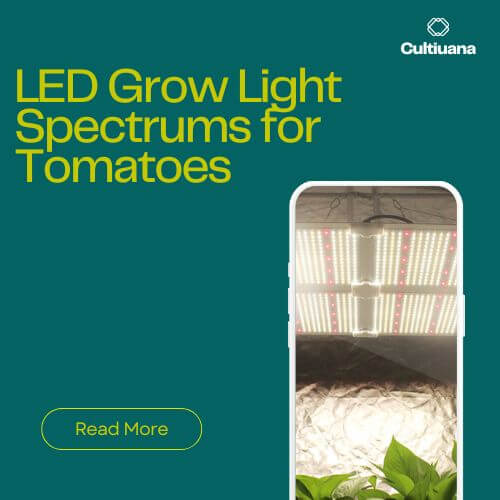
How to Convert Sunlight Hours to Grow Light Hours
A common question among indoor growers is how to determine the equivalent grow light hours needed to match a particular plant's sunlight requirements.
For instance, if a certain vegetable crop needs 8 hours of full direct sunlight per day, how many hours of artificial grow lighting would provide the same daily light exposure?
Converting sunlight hours to equivalent grow light hours requires some adjustments, as indoor grow lights provide a more intense and directed light compared to natural sunlight. Here's a general method to convert:
Determine the DLI (Daily Light Integral) your plants need. This is a measure of the cumulative photosynthetically active radiation (PAR) received each day, expressed as mol/m2/day. Different plants have different DLI requirements.
Measure the PPFD (Photosynthetic Photon Flux Density) of your grow lights at the canopy height. This measures light intensity as µmol/m2/s.
Use this formula to calculate the number of grow light hours needed:
Grow Light Hours = (DLI Requirement) / (Grow Light PPFD x 0.0864)
The 0.0864 constant converts PPFD to the cumulative DLI over 24 hours.
For example:
DLI Requirement is in mol/m2/day
Grow Light PPFD is in μmol/m2/s
Plugging in the values:
Grow Light Hours = (25 mol/m2/day) / (600 μmol/m2/s x 0.0864)
= 25 / (51.84)
= 0.482 days
= 0.482 x 24 hours
= 11.57 hours
Therefore, with a grow light PPFD of 600 μmol/m2/s, you would need to provide around 11.6 hours of that lighting each day to achieve the plant's DLI requirement of 25 mol/m2/day.
The calculations show that more intense lighting (higher PPFD) requires fewer daily lighting hours to accumulate the same target daily light integral (DLI) that the plants need for optimal growth and development.
So in summary, while a simple chart doesn't exist, understanding your plant's DLI needs and your grow lights' intensities allows you to precisely convert sunlight hours to the equivalent artificial lighting duration. This tailored calculation ensures your indoor plants receive the proper daily light exposure.
With the right approach and some careful planning, you can create an indoor growing environment that mimics the ideal lighting conditions of the great outdoors, allowing your plants to flourish year-round.




